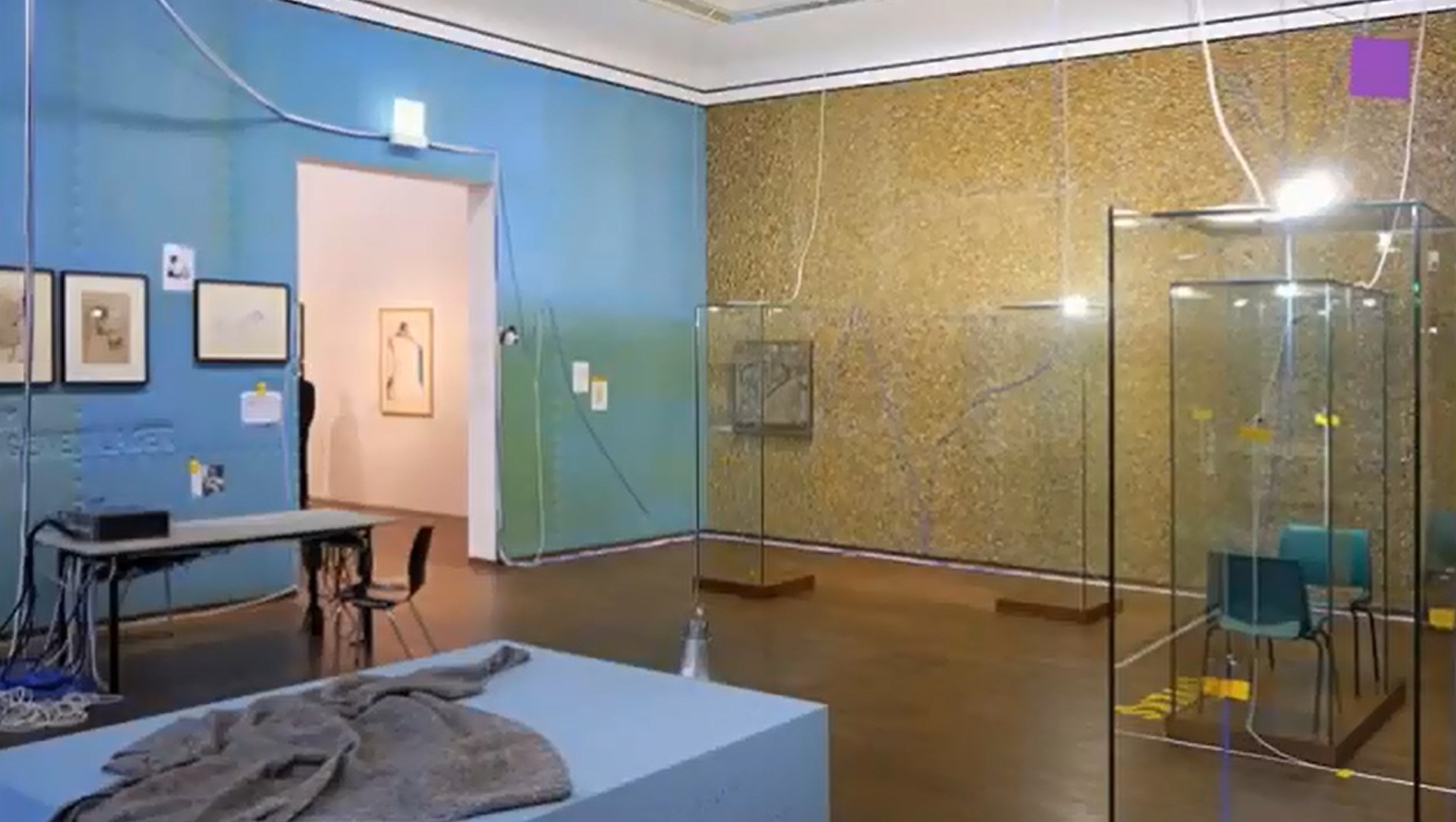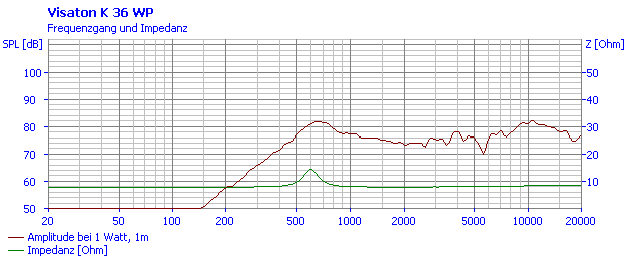
O ne can call this incestuous interplay of times a cacophony... Even, in analogy to the competition of generations, a competition among the texts emerges: i.e., the powerful ancient texts make - like unrestrained show-stoppers - the contemporary daily-life reports look pale. But this also means, that the frontal view distances the spectator, so he can feel comfortable. It is striking, that Bosse’s collage does not involve an immediate contemporary text; of all things, it is the present, that creates a blank spot on the "map of the present"- and of course it is exactly this blank spot that the audience has to occupy, to conquer, the eye of the needle for the audience to filter in. The frontality however blocks or contracts this hole in the overall picture, so that access is hindered or even refused. But, you can reopen this hole, precisely when the spatiality of the theatre is not concealed, when the force of the machinery producing its images is contantly interrupted as in Bosse's theatrical practices. This does not mean a return to cosmic salvation.”F ascinating sound-art installation by Claudia Bosse, currently in the Egon Schiele exhibit at the Leopold Museum in Vienna. The installation consists of a series of plate-glass kiosks that are just large enough to stand or sit in, dispersed in a nearly anechoic gallery room that has had foam applied to its walls.
— Sebastian Kirsch, 2011, review of Bosse’s ‘Vampires of the 21st Century’

M ost of the glass compartments are large enough to hold only one person at a time (WxDxH: 50 cm x 80 cm x 200 cm). One that is labeled ‘LOVERS’ has two chairs in inside, with enough room for two people to sit facing each other.
S ome compartments have one miniature loudspeaker. Others have two or three of them, positioned at various spots high or low with respect to the vertical axis of the compartment. Some are positioned close to where your ears are located when you are inside the enclosure; others are far above, below, in-front-of-but-to-one-side, or behind your head. These speakers are 10 €, German-made Visaton® 36 mm diameter, 6 mm thick, 1 watt speakers—of the sort that might more usually be found in a laptop computer.

E ach speaker is fed by a pre-recorded, edited, pre-equalized track that is being played-back from a Alesis 24-track hard-disk recorder HD24

T he amplified outputs of the Alesis HD24 are fed via heavy twisted-pair shielded cables that are routed to each glass compartment and snaked up the plate glass walls. The naked black Mylar-cone speakers dangle from these wires—each cable end has been taped to the glass at the right height; the jacket and the wires’ insulation have been stripped; and the speaker has been soldered on, right there.

T he frequency response of these speakers is perfect for the frequency spectrum of the human voice, falling off rapidly below 300 Hz. The recorded tracks are entirely of women’s and men’s voices—either in conversation or in soliloquy. Some of the tracks seem to be spontaneous—‘found’ sounds, ambient bits of incidental speech that Ms. Bosse captured in public spaces. Other of the tracks have the measured phrasing of an actor reciting from a written script or poem or other text.
T he perfectly acoustically reflective plate glass surfaces of the booth interiors produce a listening environment where your ears experience a heightened awareness of directionality—an exaggerated sense of where the sound is coming from. In the ‘LOVERS’ kiosk, the speaker in the center is the most voluble—it is almost always saying something. It is the sound-source that both you and your partner seated in the booth can both hear consistently. The testimony from this central speaker provides the one account that you both can agree upon—a veridical, trustworthy narrator. But I cannot hear the second voice coming from the speaker that is positioned behind your head over there, nor can you hear the third voice from the speaker that is located above my left ear.
A t times I believe that the intermittent/interjecting voice behind my left ear is that of the person whose ‘public’ voice is heard coming from the center speaker, but into my left ear comes this text of reflection, reconsideration, interpretation—an internal dialogue that the person is having with herself, either contemporaneously with the ‘public’ discourse or at some time afterward. The fact that the speaker on the opposite side of the enclosure, behind your head over there, is probably interjecting interior, confessional, discorroborative utterances—maybe with far different emotional tone or factual content—concerns me. I want to talk to you about this after we leave this gallery. But the 5 minutes we spend inside that ‘LOVERS’ box covers too wide a range of ideas and rambling evidence for us to possibly remember, let alone remember accurately. How long does this multi-character ‘LOVERS’ collage continue before it reaches the end of its ‘loop’ and starts again? 20 minutes? 200 minutes?
T he poetical phrasing and sonic punctuations—not just of the more theatrical parts of it, but the ambient, found-sound parts as well—are a joy to hear: the exquisite quality of the multi-track recording and playback, crystal-clear. The musicality of the recorded, processed speech; the wonderful rhythmic design and orchestration of the recordings’ dovetailings with each other; the antiphonality or spatiality of it; the Henry Brant-esque “oblique harmonies” of it—and the intimacy of these small glass chambers, and the discourses that they enact—are all emblematic of what we mean by the term ‘chamber music’.
I have seen Alesis HD24 digital recorders used for recording musical ensembles before, but until now I have not seen them used for multi-track playback in sonic installation-art exhibits. This equipment is perfect for this purpose!
W hat you know and I do not know… What I know and you do not… What we both know; what we both doubt; what we both positively disbelieve... And what we see, through glass cubicles, other people knowing and doubting and disbelieving... The ‘transgressiveness’ of eavesdropping on other persons’ intimate conversations, inner lives, confessions—and the luxury of being ‘permitted’ to do this ad lib in an art gallery installation… The beauty of the artist’s gifting us with these insights that are ordinarily forbidden to us—or gotten only at expense of big, ugly guilty feelings.
- Claudia Bosse, theatercombinat
- C.R. Laurence & Co., frameless plate glass shower enclosure hardware
- Kim-Cohen S. In the Blink of an Ear: Toward a Non-Cochlear Sonic Art. Continuum, 2009.
- Kozloff S. Overhearing Film Dialogue. Univ California, 2000.
- Toop D. Sinister Resonance: The Mediumship of the Listener. Continuum, 2010.
- Films of Vienna Actionists
No comments:
Post a Comment